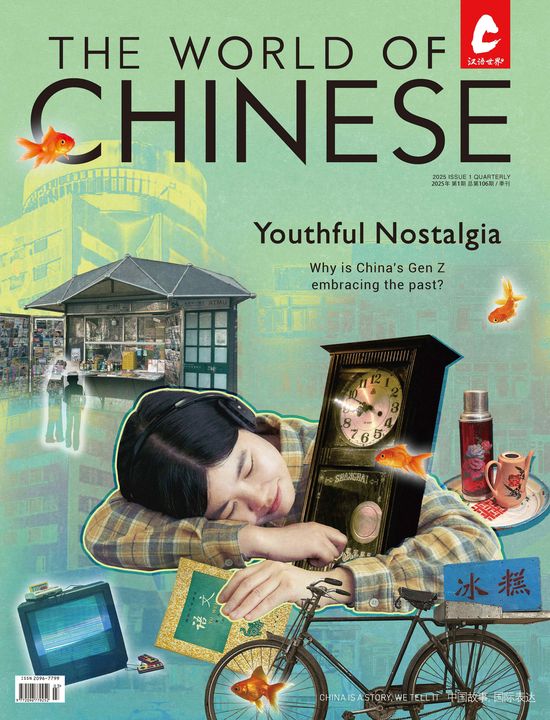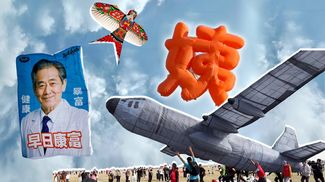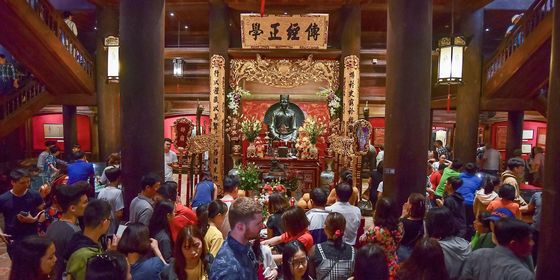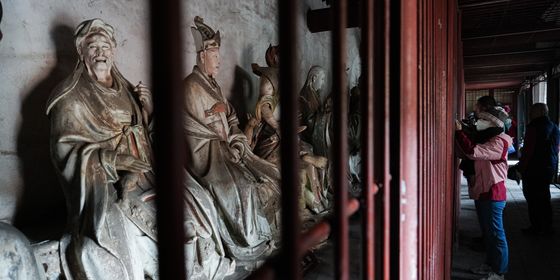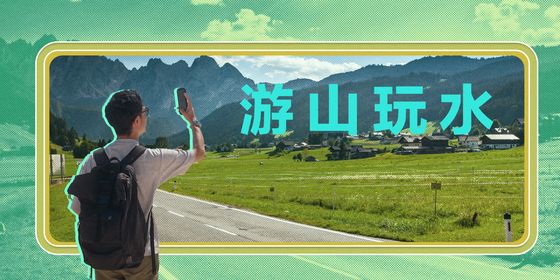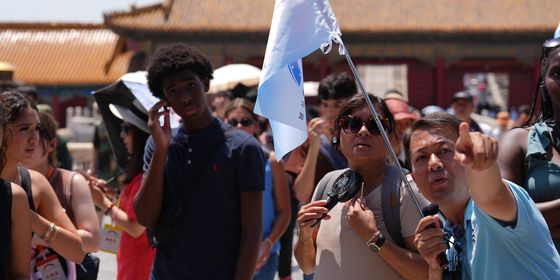Discovering the charms and eccentricities of a city on top of the world
What’s interesting about going to a remote Buddhist enclave is dealing with the layers of illusions involved in such a trip. Of course, there is the religion itself, one that views our lives as a mere illusion, but more important are the illusions about Buddhism that we often bring along with us: we expect beautiful scenery or calmly delivered kernels of Yoda-esque wisdom. A friend from Nanjing once caricatured people who go to these places as on some hunt for the “real China”, and as I sat on a 14-hour bus ride to Seda (色达), violently cruising west in a vain attempt to outpace the rising sun, I thought about why people choose to go to such places, and if they ever really get where they want to go after all.
Home to the Larong Wuming Buddhist Academy (喇荣寺五明佛学院, Larung Ngarig in Tibetan), Seda is remote. To get there you first have to make it to Chengdu, the capital of Sichuan Province, traveling west among the messy web of interstates and railways that comprise a map of China, then you have to travel further west where the lines become more akin to the atomic structure of hydrogen than mercury—that is, they’re scarce.
Only one bus leaves from Chengdu to Seda (or Sêrtar, as it is pronounced in Tibetan) every day at 6:30 in the morning. The coach is generally comfortable and the scenery excellent: tall mountain peaks, beautiful strips of highway hugging the contours of the valley, a lush river, and brightly adorned girls dancing in unison outside a series of tents—coniferous trees and blue skies, patches of autumnal foliage, and a radiant sun overhead.
The trip was smooth, but for the last leg we hit unpaved roads. Construction was omnipresent and the river became a shade grayer. New roads will come in time, but for the moment the driver seemed content to floor the coach forward upon a bed of gravel and potholes. The passengers of the bus, an odd mixture of Chinese tourists and Buddhist monks, swayed back and forth in their seats wildly like foam fingers at a sporting match, and then, after a few hours, the turbulence subsided and we glided gently to our destination.
A local advised us to get off short of the final stop, so a few of us flagged the driver and tumbled out of the bus in, essentially, the middle of nowhere. He led the way as we marched on toward a small collection of barely visible, decrepit buildings. We were cold and breathing heavily—beginning to feel the effects of the altitude—when somebody decided to look up, and thus began our proverbial stoppage of time. The night sky boasted a dense tapestry of stars, layers and layers of them, so we stopped and stared in awe for a few moments until we remembered the reality of our situation: we were cold and breathing heavily. Thus, we walked on to the promise of a place to stay.

A monk traverses narrow alleyways, a common sight in Seda
The hotel, too, was cold. Seda is considered the south of China, meaning no central heating. The hotel room’s tall ceiling and poorly insulated window only further encouraged the cold, but the bedding was thick and I fell asleep quickly.
Upon waking, the full effects of the altitude hit. It is something akin to a hangover derived from cheap vodka; a wheel of fortune with such prizes as dizziness, headache, and vomiting. Getting out of bed was difficult, but I was encouraged that the sunlight would help (and it did) so I staggered out into the dusty strip of buildings. Some were incomplete, some half torn down. Scarce groups of people and a few cows loitered in the street. I asked a lady which way to the school and she looked up at me wildly. She did not speak Chinese.
She was more the exception than the rule. Given a range of unusual accents, Mandarin is a viable means of communication in Seda. The hotel where I’d stayed was at the mouth of the academy’s valley, and I was soon able to get a ride up. Two monks drove a small dirty car and I sat in the back. It was a short ride. The monk in the passenger seat looked back with a calm curiosity, gently playing with some beads in one hand. “Your complexion doesn’t look so good.”
“Altitude.”
He shot me a warm smile. We passed through the academy’s standalone front gate, and as we rounded the bend a few small, boxy red houses became visible, then a few more, and then they dominated the entire valley.
The landscape of Larong Wuming Buddhist Academy is difficult to capture with words. It is in many ways like something out of a Studio Ghibli movie: charming, colorful, almost like an illusion. The place is like a jungle of makeshift cubes that fell into their places nearly at random from the sky. They are anchored almost magnetically by the central schools—larger buildings with ornately painted window frames and golden roofs that slope down only to gracefully jolt up at the end like a Chinese calligraphic stroke.
Besides the main road the only way to navigate is via a series of narrow alleyways. Monks sift through paths, sometimes in groups—talking, laughing, occasionally taciturn and solemn—and sometimes alone. Rays of sunlight penetrate parts of the alleys but not all, and then, moving lower into the valley, you emerge in its central area. The buildings are no longer meager and the space no longer cramped. There is more space to breathe, though the air is no less thin.
A few stands situated at the base of a scripture hall sell vegetables and fruit. I stopped there to rest and buy a small snack as I watched throngs of monks approach the hall’s entrance, where they would then remove their shoes and enter. I asked the vendor how they get food to such a remote place, and she told me a truck comes from Chengdu every day.
As the afternoon wore on I met back up with some friends I’d made on the bus ride—a Taiwanese humanities student doing an exchange semester in Chengdu and a waiter from Hangzhou—and we rather aimlessly, dizzily, with frequent stops to catch our breath, walked up a road until we reached a high point and could go no further. The entirety of the school was visible and the sun was beginning to set. Various colors filled the sky. I could wax poetic here, but it would provide little justice. Words only weaken such images. Ask me why you should go to Seda? Because it is beautiful.
Check back tomorrow for the conclusion of this journey.
“The Path to Seda” is a story from our newest issue, “Family”. To read the whole piece, become a subscriber and receive the full magazine. Alternatively, you can purchase the digital version from the iTunes Store.
